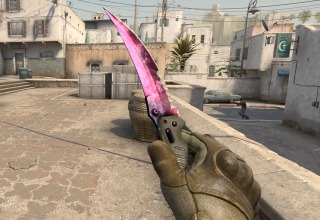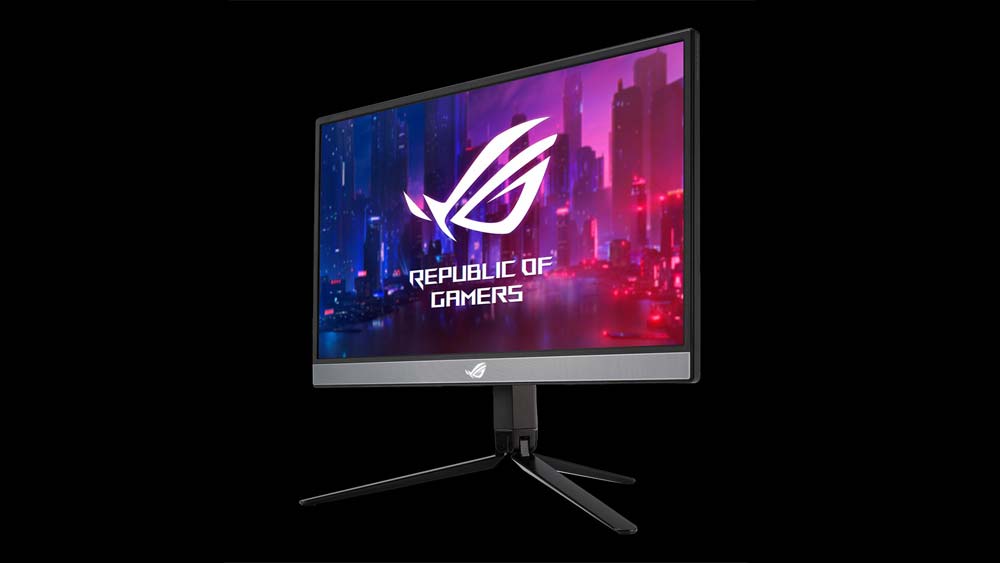
Here’s the scenario: You’re finally going on holiday to somewhere else. Bags are packed and you’re off to a fantastic retreat at Jeffrey’s Bay, doing your best to ignore my random screaming as you drive through Port Elizabeth as quickly as possible. The thing is, you want to take your gaming with you. You want to sit back and play some Ghost of Tsushima but thanks to your significant other booking a stay in a guest lodge that is equipped with a TV out of the 1990s, that’s not happening.
But wait, salvation is at hand! A miracle shaped like a decently-sized display and packed with all manner of inputs! What you’re looking at, is the Asus ROG Strix XG17AHP, a portable monitor for just about any device that you can throw at it. It’s a solution to a very specific problem, but also a damn good one at that.
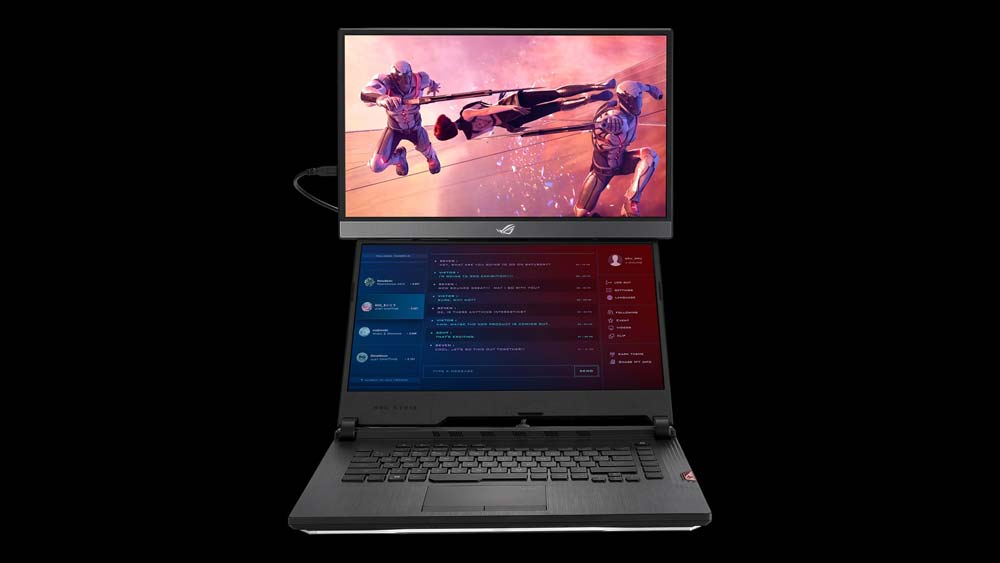
And when I say portable, I mean it. One of the great features with the XG17AHP is that it’s built to be used anywhere, and that includes locations that are largely devoid of working electricity. So all of South Africa then. While you can play it while it’s being charged, the fact that you can set up a gaming area with fewer cables is a godsend. While you’ll still need power for your console, I think the overall idea is a solid one: Imagine a hotel or airport where spare plug sockets are at a premium.
All you need is one of them for your console, and you’re ready to go. On a full charge, you’ll easily get between 2-3 hours on the XG17AHP, while non-gaming activities such as when I tethered it to my PC, was around 4-5 hours. It’s also a well-designed piece of kit: The aesthetics are more subtle when compared to other Asus products, the selection of inputs share the minimal thought process and the hardware inside is chunky.

You’ve got a 1920 x 1080 resolution screen that clocks in at 17.3-inches with a 16:9 aspect ration. And it has a refresh rate of 240 Hz and 300 nits of brightness, which is just mad. A 3MS response time on top of that, means that games look and perform chuffing well and with a weight of just over an entire kilogram, it can be lugged around without you needing to worry about booking a trip to the local chiropractor quack.
For inputs, you’re also sorted not only for consoles but for mobile devices as well: Two USB-C ports, a 3.5mm headphone jack and a Micro HDMI connection. HDMI to Micro HDMI cable, USB-C to USB-C cable, and USB-C to USB-A adapter are also included in the package, in case you don’t already own those cables.
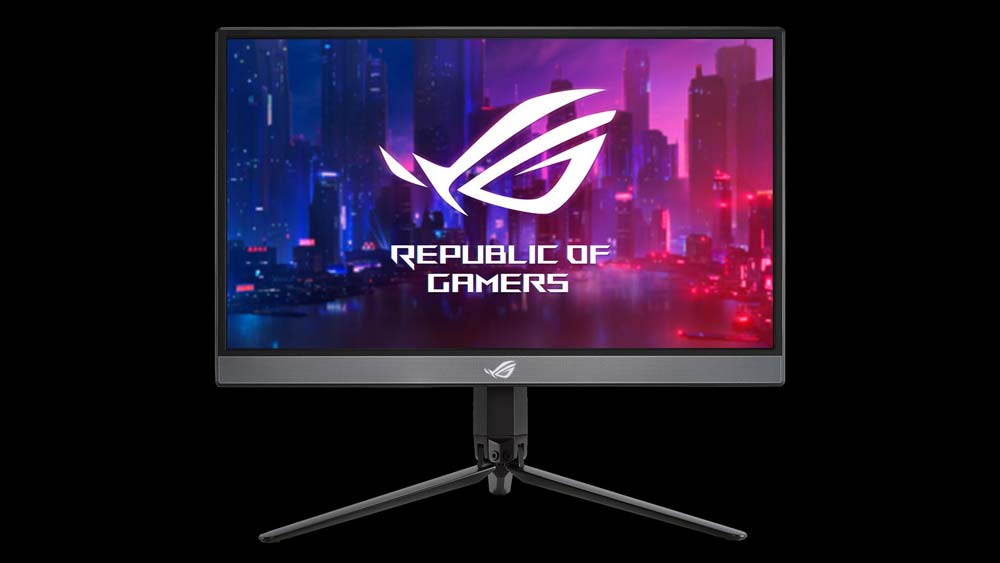
The main question though, is what is the XG17AHP like for gaming? If you’ve experienced what a regular Asus gaming monitor has to offer, then you won’t be surprised to hear that it’s a pixel-pushing powerhouse. I started off with my base model PlayStation 4, and jammed a few round of the new Tony Hawk Pro Skater remaster, switched to Ghost of Tsushima and then finished up with Dragon Ball Z: Kakarot. That gave me a good spread of colour, vivid action and gameplay that rotated from 60fps to a more cinematic 30fps and then back to cartoon visuals.
That selection provided a vibrant picture, no screen-tearing at all thanks to the high refresh rate and an intensely sharp picture. Looking for a bit more power, I tuned my Xbox One X for the screen, and slapped on some Forza Horizon 4, Demon’s Tilt and The Division 2. I finished up with my Nintendo Switch, pivoting between Pokemon Sword and Fire Emblem. Again, the same result: A fantastic image, glorious in motion and sharper than Jimmy Carr responding to a heckler.
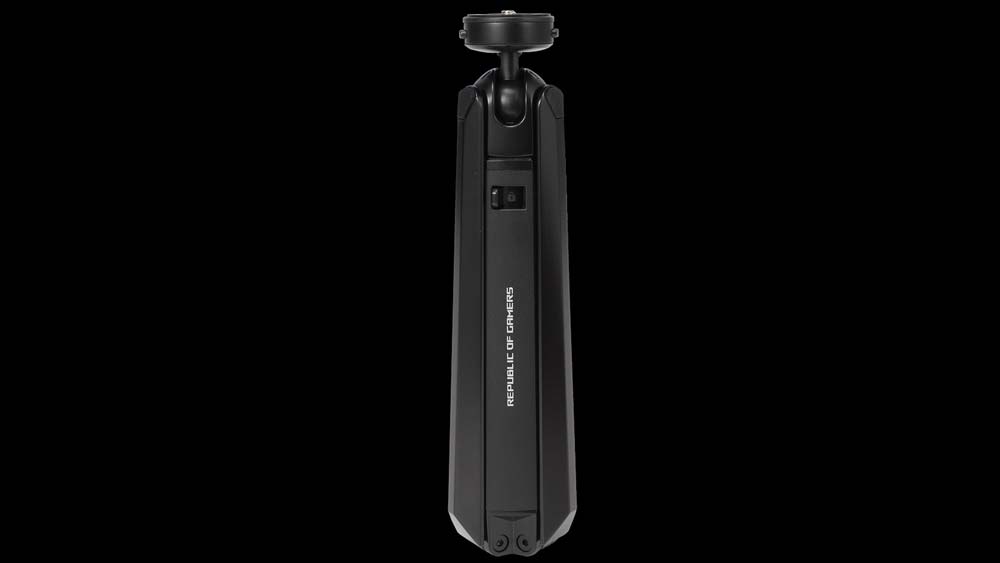
Beyond the gaming aspect, you can also use the XG17AHP for other useful activaties. If you need an emergency second monitor because you’re too lazy to just switch between multiple tabs like a normal person, there you go: A spare screen, which can rest in either landscape or portrait mode thanks to the sturdy stand included. You can also plug in your iPad or your phone if you want.
I did just that, although for the life of me, I just couldn’t figure out what I wanted my iPad to do with that extra screen real estate. There has to be a catch though, and I’ve found two of them: The price tag and the included cover-stand. The latter does a neat job of protecting the XG17AHP when you’re out and about, but as a stand it leaves a lot to be desired and I made certain that I had numerous cushions positioned around it during testing. I’ve just got zero confidence in its ability to keep the XG17AHP stable lest someone open the door and a gentle gust of wind intrudulates on my premises.
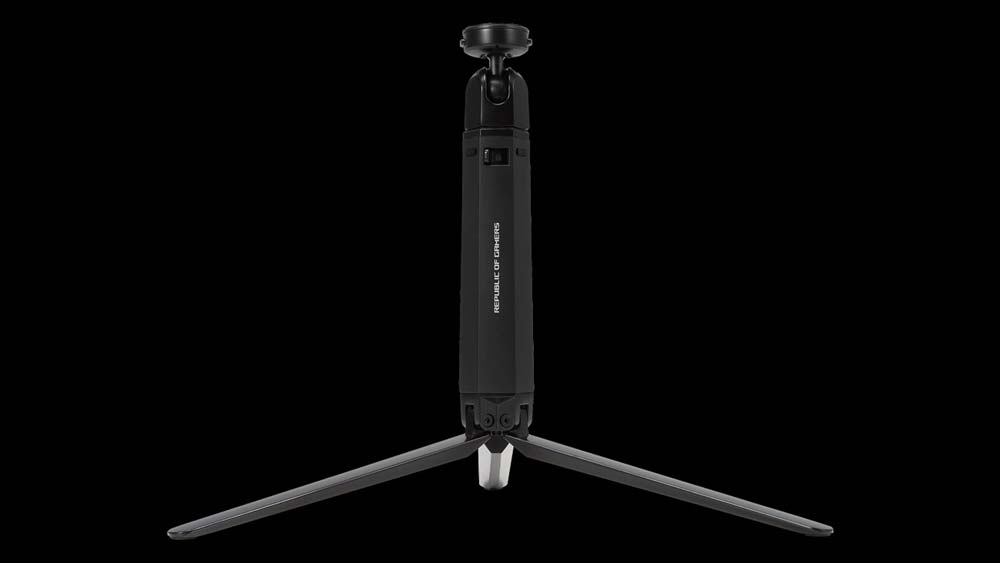
Then there’s the price: I haven’t been able to find a local listing for it, but a quick glance at Amazon has it pegged at $500. That’s a lot of cash to ask for, and puts the XG17AHP in the realm of luxury consumerism. It’s mostly likely a device that’s aimed at gamers with an intensive travel schedule who don’t feel like lugging something like Asus’ gargantuan 65-inch behemoth around with them, and would prefer a no-fuss solution to their gaming dilemma.
Last Updated: September 23, 2020
| Asus ROG Strix XG17AHP | |
|
If you can afford it, you won’t be disappointed with what Asus has to offer: A portable powerhouse display that weighs next to nothing and is already prepared for the next generation of console gaming.
|
|
|---|---|






